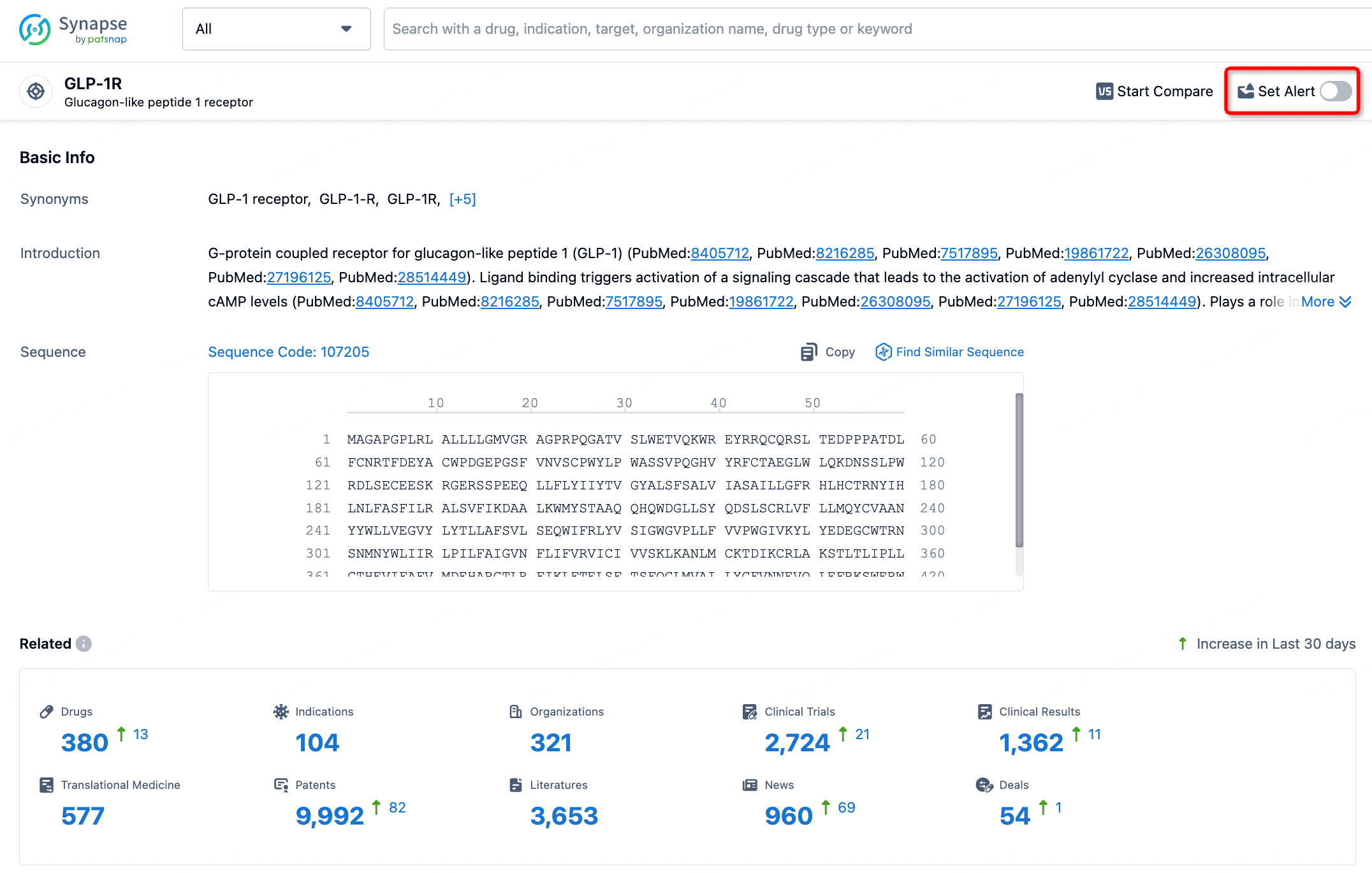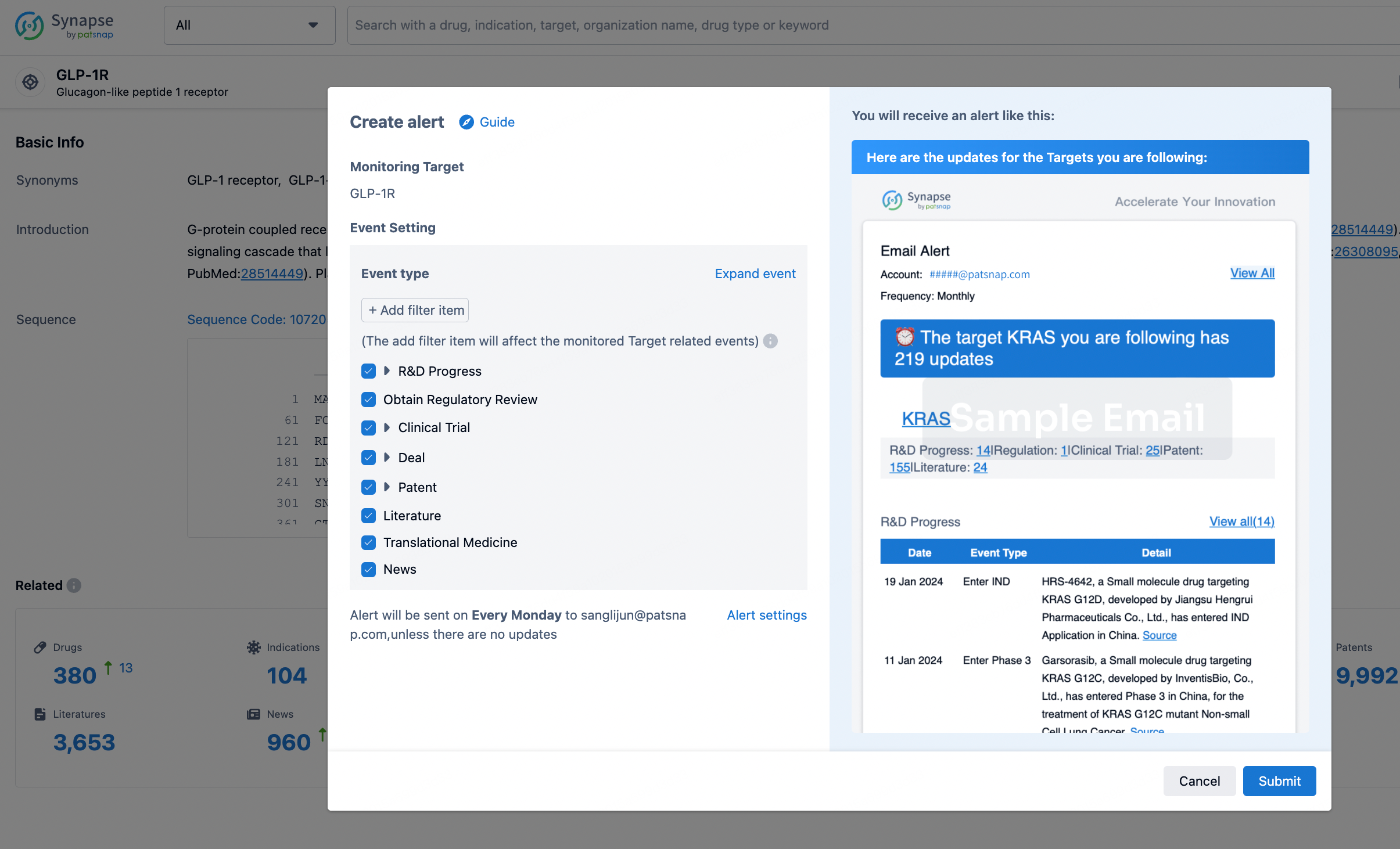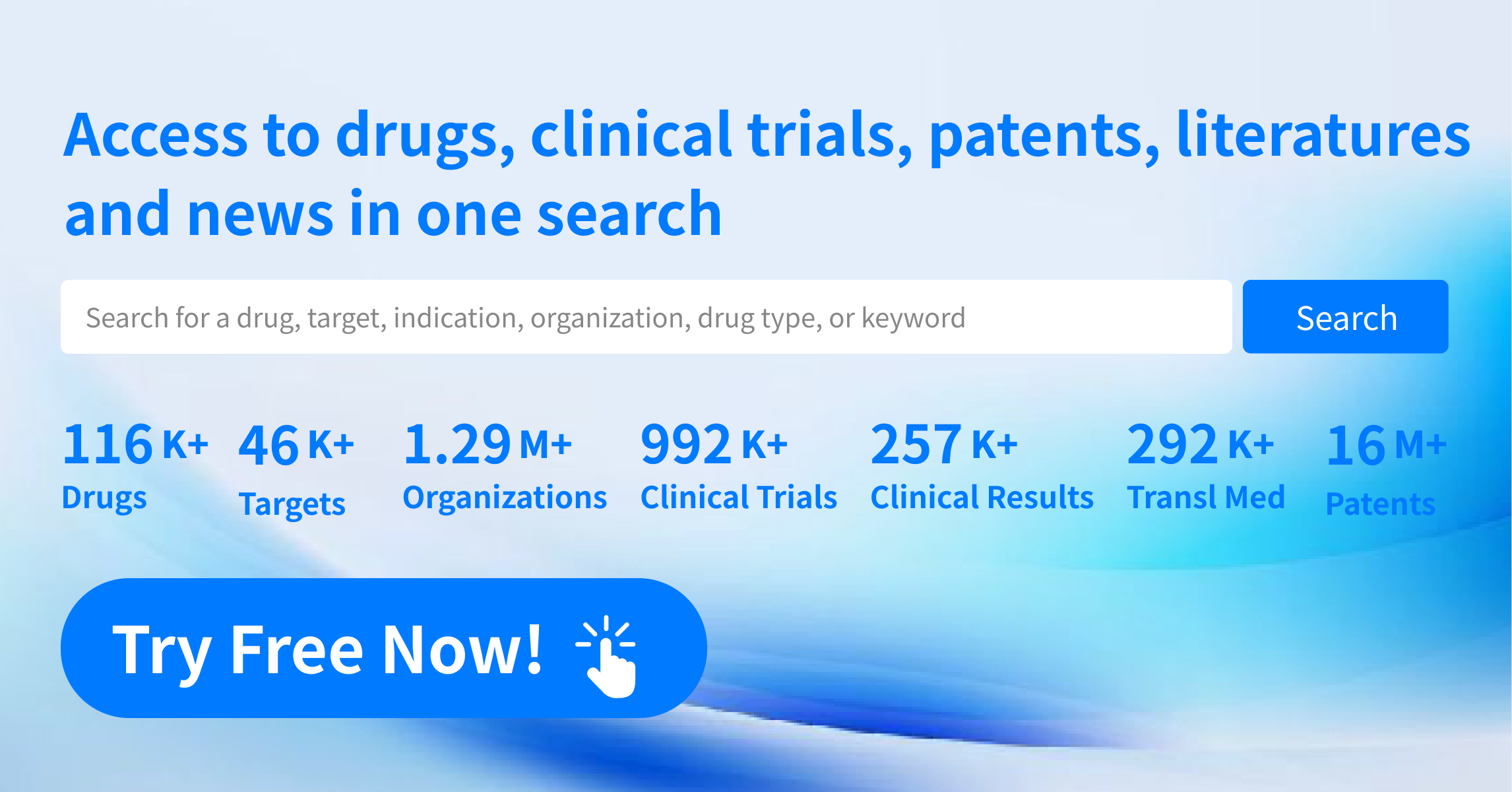Request Demo
What are β1-adrenergic receptor agonists and how do they work?
21 June 2024
β1-adrenergic receptor agonists, also known as beta-1 agonists, are a class of drugs that primarily target the β1-adrenergic receptors in the heart. These receptors are part of the sympathetic nervous system, which plays a crucial role in regulating cardiovascular functions such as heart rate, contractility, and relaxation of the heart muscle. In this blog post, we will delve into the mechanisms of action of β1-adrenergic receptor agonists, their clinical applications, and their therapeutic significance.
How do β1-adrenergic receptor agonists work?
To understand how β1-adrenergic receptor agonists work, it is essential to first grasp the basics of the adrenergic system. The adrenergic receptors are divided into three main types: α (alpha), β1 (beta-1), and β2 (beta-2). Each of these receptors has distinct functions and is distributed differently throughout the body. β1-adrenergic receptors are predominantly located in the heart and kidneys.
When β1-adrenergic receptor agonists are administered, they bind to and activate these receptors. Activation of β1-adrenergic receptors leads to a cascade of intracellular events primarily mediated by the G protein-coupled receptor pathway. This activation increases the levels of cyclic adenosine monophosphate (cAMP) within the cardiac cells. Elevated cAMP levels subsequently activate protein kinase A (PKA), which phosphorylates various target proteins involved in cardiac function.
One of the primary effects of β1-adrenergic receptor activation is an increase in heart rate (chronotropy) and the strength of cardiac muscle contraction (inotropy). This is achieved through enhanced calcium influx into the cardiac cells, which is crucial for muscle contraction. Additionally, β1-adrenergic receptor activation promotes faster relaxation of the heart muscle (lusitropy), allowing the heart to fill more effectively with blood between contractions.
By modulating these parameters, β1-adrenergic receptor agonists can significantly improve cardiac output and overall cardiovascular performance, making them valuable in various clinical settings.
What are β1-adrenergic receptor agonists used for?
The therapeutic applications of β1-adrenergic receptor agonists are diverse, given their potent effects on cardiac function. These drugs are most commonly used in the management of acute and chronic heart conditions. Here are some of the primary clinical uses:
1. Heart Failure: One of the critical applications of β1-adrenergic receptor agonists is in the treatment of heart failure. Heart failure is a condition characterized by the heart's inability to pump blood effectively, leading to reduced cardiac output and subsequent organ dysfunction. β1-adrenergic receptor agonists, such as dobutamine, are often used in acute heart failure settings to enhance cardiac output and improve tissue perfusion. These drugs help alleviate symptoms and can be life-saving in critical care scenarios.
2. Cardiogenic Shock: Cardiogenic shock is a severe condition where the heart suddenly cannot pump enough blood to meet the body's needs. This can result from massive heart attacks or severe heart failure. In such emergencies, β1-adrenergic receptor agonists can be administered to rapidly increase cardiac contractility and stabilize the patient.
3. Stress Testing: β1-adrenergic receptor agonists are sometimes used in diagnostic settings, such as stress testing for coronary artery disease. During a stress test, these drugs can mimic the effects of exercise on the heart, helping to identify areas of reduced blood flow in the coronary arteries.
4. Hypotension: β1-adrenergic receptor agonists can also be used to manage hypotension (low blood pressure) in certain clinical scenarios. By increasing cardiac output, these drugs can help restore blood pressure to normal levels, ensuring adequate perfusion of vital organs.
5. Postoperative Cardiac Care: After certain types of cardiac surgery, patients may experience reduced cardiac function. β1-adrenergic receptor agonists can be used to support cardiac performance during the recovery phase.
In conclusion, β1-adrenergic receptor agonists are a powerful class of drugs with significant clinical utility in managing various heart conditions. Their ability to enhance cardiac output, improve heart rate, and support overall cardiovascular function makes them indispensable in both emergency and chronic care settings. However, it is essential to use these drugs judiciously, as excessive stimulation of β1-adrenergic receptors can lead to adverse effects such as arrhythmias and increased myocardial oxygen demand. As always, the use of any medication should be guided by a thorough understanding of its pharmacological properties and tailored to the individual patient's needs.
How do β1-adrenergic receptor agonists work?
To understand how β1-adrenergic receptor agonists work, it is essential to first grasp the basics of the adrenergic system. The adrenergic receptors are divided into three main types: α (alpha), β1 (beta-1), and β2 (beta-2). Each of these receptors has distinct functions and is distributed differently throughout the body. β1-adrenergic receptors are predominantly located in the heart and kidneys.
When β1-adrenergic receptor agonists are administered, they bind to and activate these receptors. Activation of β1-adrenergic receptors leads to a cascade of intracellular events primarily mediated by the G protein-coupled receptor pathway. This activation increases the levels of cyclic adenosine monophosphate (cAMP) within the cardiac cells. Elevated cAMP levels subsequently activate protein kinase A (PKA), which phosphorylates various target proteins involved in cardiac function.
One of the primary effects of β1-adrenergic receptor activation is an increase in heart rate (chronotropy) and the strength of cardiac muscle contraction (inotropy). This is achieved through enhanced calcium influx into the cardiac cells, which is crucial for muscle contraction. Additionally, β1-adrenergic receptor activation promotes faster relaxation of the heart muscle (lusitropy), allowing the heart to fill more effectively with blood between contractions.
By modulating these parameters, β1-adrenergic receptor agonists can significantly improve cardiac output and overall cardiovascular performance, making them valuable in various clinical settings.
What are β1-adrenergic receptor agonists used for?
The therapeutic applications of β1-adrenergic receptor agonists are diverse, given their potent effects on cardiac function. These drugs are most commonly used in the management of acute and chronic heart conditions. Here are some of the primary clinical uses:
1. Heart Failure: One of the critical applications of β1-adrenergic receptor agonists is in the treatment of heart failure. Heart failure is a condition characterized by the heart's inability to pump blood effectively, leading to reduced cardiac output and subsequent organ dysfunction. β1-adrenergic receptor agonists, such as dobutamine, are often used in acute heart failure settings to enhance cardiac output and improve tissue perfusion. These drugs help alleviate symptoms and can be life-saving in critical care scenarios.
2. Cardiogenic Shock: Cardiogenic shock is a severe condition where the heart suddenly cannot pump enough blood to meet the body's needs. This can result from massive heart attacks or severe heart failure. In such emergencies, β1-adrenergic receptor agonists can be administered to rapidly increase cardiac contractility and stabilize the patient.
3. Stress Testing: β1-adrenergic receptor agonists are sometimes used in diagnostic settings, such as stress testing for coronary artery disease. During a stress test, these drugs can mimic the effects of exercise on the heart, helping to identify areas of reduced blood flow in the coronary arteries.
4. Hypotension: β1-adrenergic receptor agonists can also be used to manage hypotension (low blood pressure) in certain clinical scenarios. By increasing cardiac output, these drugs can help restore blood pressure to normal levels, ensuring adequate perfusion of vital organs.
5. Postoperative Cardiac Care: After certain types of cardiac surgery, patients may experience reduced cardiac function. β1-adrenergic receptor agonists can be used to support cardiac performance during the recovery phase.
In conclusion, β1-adrenergic receptor agonists are a powerful class of drugs with significant clinical utility in managing various heart conditions. Their ability to enhance cardiac output, improve heart rate, and support overall cardiovascular function makes them indispensable in both emergency and chronic care settings. However, it is essential to use these drugs judiciously, as excessive stimulation of β1-adrenergic receptors can lead to adverse effects such as arrhythmias and increased myocardial oxygen demand. As always, the use of any medication should be guided by a thorough understanding of its pharmacological properties and tailored to the individual patient's needs.
How to obtain the latest development progress of all targets?
In the Synapse database, you can stay updated on the latest research and development advances of all targets. This service is accessible anytime and anywhere, with updates available daily or weekly. Use the "Set Alert" function to stay informed. Click on the image below to embark on a brand new journey of drug discovery!
AI Agents Built for Biopharma Breakthroughs
Accelerate discovery. Empower decisions. Transform outcomes.
Get started for free today!
Accelerate Strategic R&D decision making with Synapse, PatSnap’s AI-powered Connected Innovation Intelligence Platform Built for Life Sciences Professionals.
Start your data trial now!
Synapse data is also accessible to external entities via APIs or data packages. Empower better decisions with the latest in pharmaceutical intelligence.


